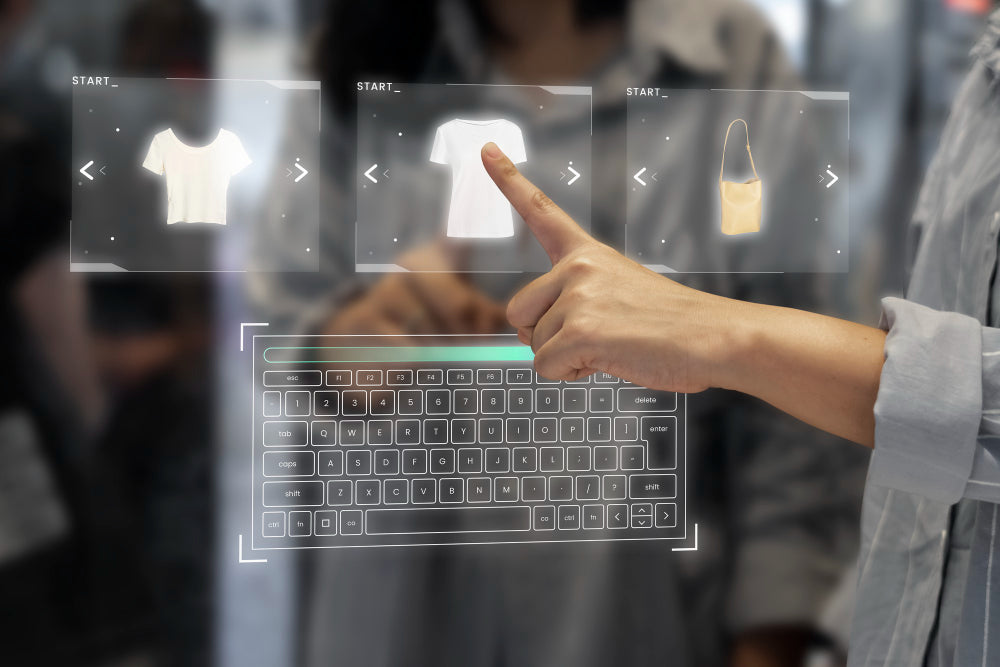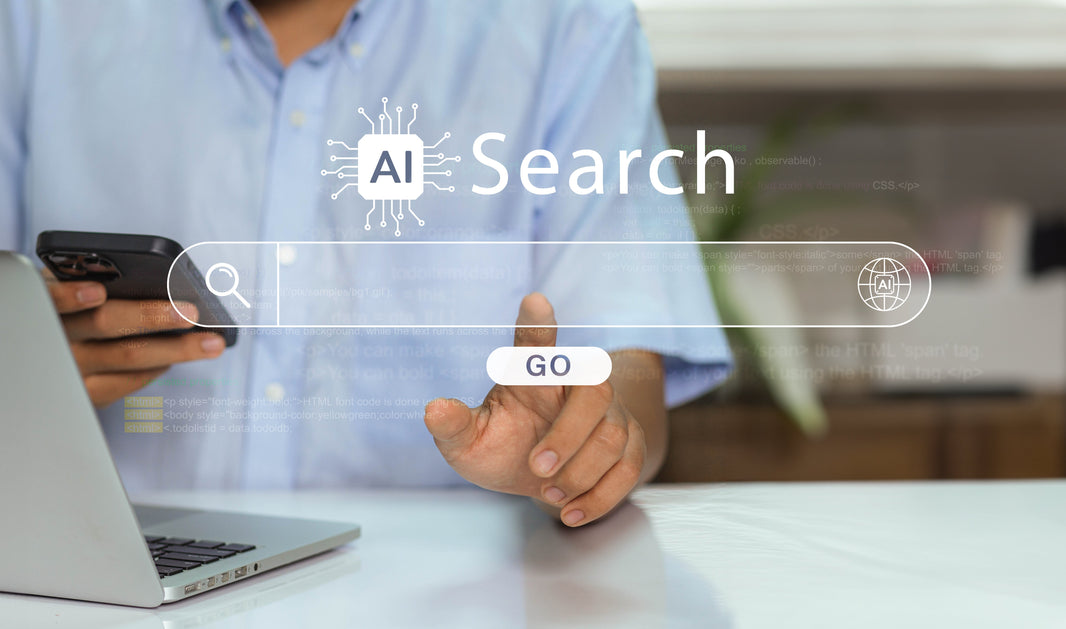If you run an online store, you’ve probably heard about headless commerce. But what does it actually mean?
Basically, “headless commerce” separates your storefront (what customers see) from your backend (where transactions, inventory, and data live). This gives you the flexibility to create custom shopping experiences across multiple platforms—websites, apps, social media, in-store kiosks, etc.- without being restricted by your platform’s built-in limitations.
Big brands like Nike and Amazon use headless commerce because it allows them to deliver fast, personalized experiences across every touchpoint.
However, headless isn’t just for giants. If you’re on modern platforms like Shopify or BigCommerce, you already have headless options at your fingertips—options that can help you scale, improve performance, and break free from platform restrictions.
But how do you know if headless commerce is the right move for you? Let’s talk about “significant reasons” businesses are making the shift.
Reasons Businesses Are Moving to Headless Commerce
Headless commerce is not a trend; it’s about solving specific business challenges. Here are some common scenarios where headless commerce offers a clear advantage to ecommerce businesses:
1. Faster & Optimized Shopping Experience
An online store’s speed directly impacts conversions. Traditional ecommerce platforms load everything simultaneously, slowing down your site, especially as you add more third-party apps, customizations, and traffic.
With a headless setup, your store loads only what’s necessary, resulting in faster page speeds, smoother interactions, and thus better SEO rankings. If slow performance is costing you sales, this alone is a solid reason to consider headless.
2. Multichannel Selling Without Platform Limitations
Many businesses are also going headless due to cross-platform commerce, such as websites, mobile apps, Instagram, TikTok, marketplaces, and in-store kiosks. A traditional platform like Volusion, Magento, or Big Cartel can handle this to an extent, but their default setups weren’t built for true omnichannel commerce.
Meanwhile, headless commerce allows businesses to manage one backend while delivering tailored experiences on different frontends. This means:
- Their mobile app can have a completely different design and features from your website.
- They can easily integrate shopping into smart devices (Alexa, Google Nest).
- They can expand into new markets without rebuilding their entire system.
If multichannel fulfillment is a priority, headless makes scaling much easier. However, if your current platform lacks API flexibility, you might need to migrate to a more adaptable platform to avoid expensive custom middleware.
3. Customize Store Beyond Platform Restrictions
Every ecommerce platform comes with built-in design and checkout limitations. For instance, Shopify requires Shopify Plus just to customize the checkout experience. Similarly, BigCommerce offers more flexibility but still has constraints on frontend design.
With headless, ecommerce businesses won’t be limited to a theme or template. They can build a fully customized storefront while still keeping the familiar backend for order management and inventory. This is especially useful if they want:
- A highly personalized shopping experience.
- A unique storefront tailored for a specific audience.
- More control over product recommendations, checkout flow, and UI design.
4. To Expand and Scale Business
As businesses grow, their ecommerce needs change. Maybe you started with a single storefront, but now you’re looking to launch a second storefront targeting a different audience while keeping the same backend. Or may be you want to expand internationally with localized experiences for different markets or want to integrate shopping into new digital experiences like VR or smart devices.
Many traditional platforms weren’t designed for this kind of expansion, which means hitting roadblocks or needing expensive workarounds.
However, with a headless setup, ecommerce businesses can scale without rebuilding their entire ecommerce infrastructure.
Is Headless Right for Your Business?
Headless commerce comes with big advantages, but it’s not a decision to make lightly. The cost can be high, requiring developers to build and maintain your storefront.
Unlike traditional platforms that handle updates for you, a headless setup means you are responsible for ongoing maintenance and security. Plus, it’s more technical compared to drag-and-drop builders.
So, take a moment to reflect on your business’s real needs.
You should go headless if:
- Your business is growing fast, and you need more customization and flexibility.
- You want to sell across multiple platforms (website, mobile, in-store screens, IoT devices).
- Your site speed is slowing down sales, and you need better performance.
- You have the budget and technical team (or can hire one) to manage the transition.
- You are already considering platform migration.
A hybrid model might work if:
- You like the idea of a headless but still want some built-in features from a traditional ecommerce platform.
- You’re expanding but not ready for a full-scale transition.
- You doubt cracks in your platform’s ability to handle new demands and want to avoid your ecommerce infrastructure from becoming a bottleneck down the line.
Stick with your traditional ecommerce platform if:
You run a small store with a simple product catalog.
You don’t have the technical expertise or budget to manage a headless setup.
Your current setup isn’t causing any problems, and you don’t need advanced customization.
However, if you’re a fast-growing brand that needs flexibility, speed, and seamless omnichannel selling, headless commerce is worth considering.
Still unsure where to begin? Feel free to contact us about the challenges you're facing with your store. We can have an in-depth discussion about what's working, what's not, and the options available to you.
At Web Ecommerce Pros, our team of experienced developers has over a decade of experience and expertise in ecommerce store development and migration. We can help you get a realistic sense of costs, timelines, and technical requirements for the whole process.









